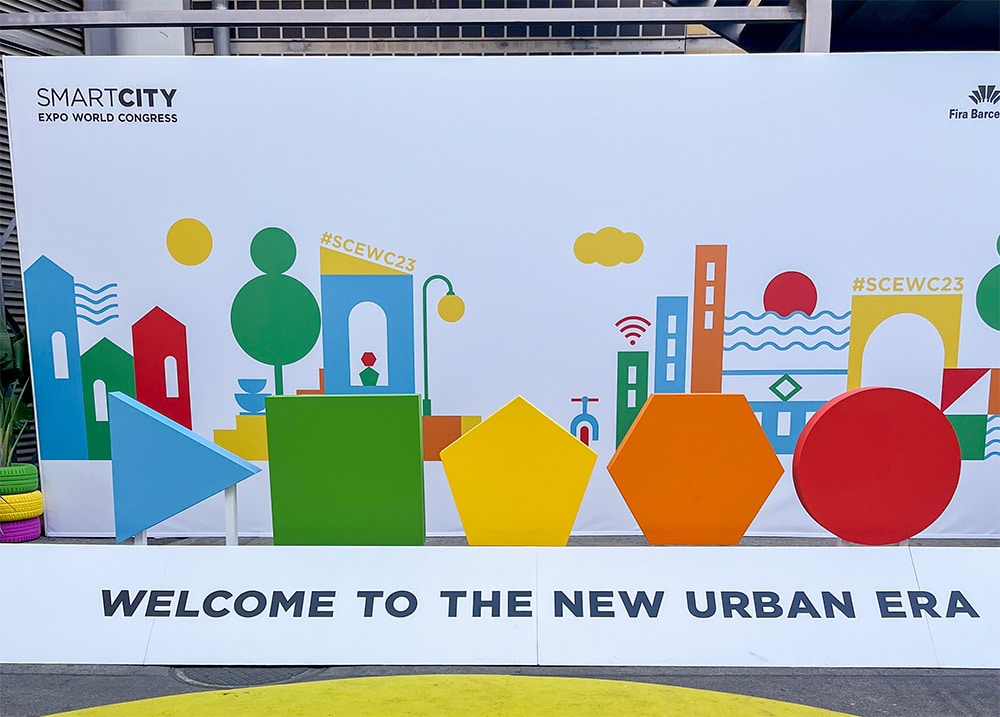Home » HR Perspective » Recruitment Is a Team Sport
HR Perspective
Recruitment Is a Team Sport
stock.adobe.com / 103tnn
Sports analogies are often used in the business world and, no matter what the industry, are especially fitting for the world of recruiting and finding talent. Recruitment can be considered a team sport because it involves multiple individuals working together towards a common goal of finding and hiring the best candidate for a job or position.
Collaboration: A successful recruitment requires collaboration between various stakeholders, such as hiring managers, HR professionals, professional recruiters, administrative staff and sometimes even employees from different departments, board members and more. To ensure their goal of a successful hire, they will identify their strategy and key elements that are critical to the position and the organization.
Roles and Responsibilities: Each team member brings their unique expertise and perspective to the process, contributing to the overall success of finding the right candidate. Different team members have different roles and responsibilities in the recruitment process. For example, hiring managers may define the job requirements, interview short listed candidates, and make a selection, while professional recruiters may develop the candidate pool, screen potential candidates, provide video interviews, conduct assessments, and reference checks. HR professionals may write or update the job description and establish the compensation and benefits for the position and negotiate the total compensation package with the finalist. By dividing tasks, the team can work more efficiently and cover all aspects of the recruitment process. Team members can share their knowledge and insights about the job requirements, industry trends, and candidate evaluation techniques. This collective knowledge helps in making informed decisions and identifying the most suitable candidates.
Analysis: At the start of a successful recruitment is a thorough Job Analysis. This involves identifying the job requirements, responsibilities, and qualifications needed and/or desired for the position. It includes defining the job description, skills, experience, and competencies required. To be effective, it also involves an understanding of compensation trends in the industry and whether the organization’s compensation is competitive in the marketplace. Does it lead, lag, or match the industry? This is important in setting expectations for the level of talent that the organization is hoping to attract.
Strategy: To ensure success, it is imperative to develop a strategic plan that identifies the most likely sources of exceptional talent and the most efficient means to connect with these individuals. It is important to recognize that the best talent may not be actively seeking job opportunities or browsing through advertisements. These passive candidates are content in their current roles but may become interested in a position when approached directly and made aware of a fitting opportunity. For that reason, direct sourcing plays a pivotal role in recruiting exceptional leaders at the senior level, identifying high performing “up and comers,” and discovering individuals in other industries with transferable skills. By implementing a well-thought-out sourcing strategy, organizations can effectively identify and attract top talent, regardless of their current job-seeking status.
Finding and Attracting Talent: Enhancing the team collaboration process involves an additional crucial step – determining the most effective sourcing methods for sourcing both internal and external candidates. These methods encompass various approaches to attract potential candidates, such as advertising job openings, utilizing job boards, leveraging social media platforms, tapping into professional networks, encouraging employee referrals, partnering with recruitment firms, and most importantly, engaging in direct outreach to targeted candidates.
Thoughtful Screening: Once candidates have applied, screening involves reviewing resumes, cover letters, and application forms to shortlist candidates who meet the basic qualifications. This may also involve conducting initial phone or video interviews, assessments to evaluate candidates’ skills, knowledge, and fit for the role. It may include multiple rounds of interviews with different stakeholders such as HR professionals, professional recruiters, hiring managers and team members to assess their suitability.
Support and Feedback: Team members can provide support and feedback to each other throughout the recruitment process. They can discuss candidate profiles, interview experiences, and share best practices. This collaboration helps in refining the recruitment strategy and improving the overall quality of hires. Organizations often conduct background checks to verify the candidate’s employment history, education, references, and sometimes criminal records. This helps ensure the accuracy of the information provided by the candidate, adding an extra layer of assurance to the recruitment process.
Accountability: In a team-based recruitment approach, team members hold each other accountable for their respective tasks and deadlines. This ensures that everyone is actively involved and committed to achieving the recruitment goals. In today’s current environment of workforce shortage, staying on track is more important than ever in keeping potential quality candidates interested. More organizations are competing for a smaller pool of candidates as more people are retiring and/or leaving their organizations for a variety of post-pandemic related reasons such as cost of living, desirability of living elsewhere, feeling over-worked, and/or quality of life. Ghosting is a term often used for candidates who lose interest in long, drawn-out recruitments and many simply take job offers elsewhere rather than wait it out.
Onboarding for Success and Retention: After the candidate accepts the offer, the onboarding process begins. This involves integrating the new employee into the organization, providing necessary training, and ensuring a smooth transition into their new role. Hiring the right person takes a great deal of strategy, coordination and effort which makes retention as important as hiring. Bringing on an employee who stays means bringing on a new hire who loves their job, is learning and challenged in a positive way, and feels appreciated and a part of the organization.
Continuous Improvement: Recruitment is an ongoing process, and a team-based approach allows for continuous improvement. Team members can review and analyze the effectiveness of their recruitment and onboarding strategies, learn from their experiences, and implement changes to enhance future hiring efforts.
Overall, recruitment as a team sport emphasizes the importance of collaboration, shared responsibility, and collective effort in finding the right candidates for an organization or a position within the company. ◆
Gale LaRoche, Ph.D., J.D., SHRM-SCP is Senior Human Resources Consultant with ADK Executive Search.
-
This author does not have any more posts.
Brian Vaughn is Director of Market Development with ADK Executive Search.
-
This author does not have any more posts.














